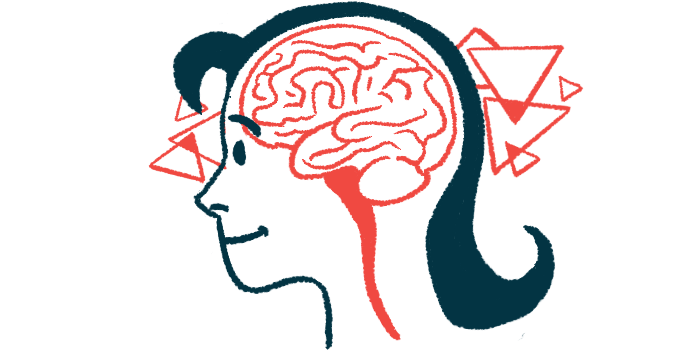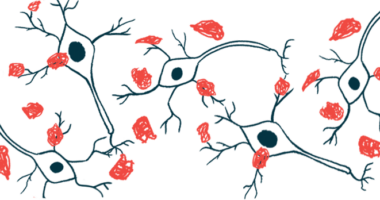$5M NIH grant will advance study of how brain regulates movement
New project to test Parkinson's patients playing video games in surgery

A five-year project funded by a $5 million National Institutes of Health (NIH) research grant will study how the brain regulates movements, by allowing people with Parkinson’s disease to play video games during brain surgeries.
The goal, according to researchers, is to obtain information that can be applied to the development of more effective and personalized treatments for people with the neurodegenerative disease.
“We will try to understand how our brain controls the actions we perform, how we make decisions between competing goals, how we stop moving, and how we switch actions,” Vasileios Christopoulos, PhD, assistant professor of bioengineering at the University of California, Riverside, and the project’s leader, said in a university news story.
In the project, which will involve about 200 people with Parkinson’s, patients will be awake during surgery to implant electrodes in their brain. The participants will play a video game using a joystick before, during, and after the procedure. That will allow researchers to confirm the surgery’s effectiveness in real time, the team noted.
Study of Parkinson’s brain will done during DBS
In people with Parkinson’s, the brain circuitry that coordinates action regulation is impaired, causing the disease’s motor symptoms — particularly slowness of movements, freezing, and difficulty in stopping movements or starting new actions.
The symptoms are caused by the progressive loss of nerve cells, or neurons, responsible for producing dopamine, a chemical that these neurons use to communicate with each other.
The first step in Parkinson’s treatment commonly is levodopa, a precursor of dopamine that’s meant to replace the lost dopamine in patients.
However, this treatment’s effectiveness lessens over time, causing patients to experience off periods, or times when the drugs stop working before the next dose. Moreover, the long-term use of levodopa therapies can lead to dyskinesia, or spontaneous involuntary movements that can affect day-to-day activities.
In such cases, patients may be offered treatment through surgery, particularly deep brain stimulation (DBS). This involves implanting electrodes in the brain to stimulate target regions. DBS is used to treat both motor symptoms and nonmotor symptoms of the disease.
One brain region targeted by DBS is the subthalamic nucleus, known as the STN.
“When a bus is coming and you want to stop crossing the street, the STN is involved. It’s the brake you have in your brain when you want to stop what you’re doing,” Christopoulos said.
However, “in Parkinson’s we know this area is hyperactive,” Christopoulos said, adding, “For them [people with the disease], every action is like driving a car with their foot on the brakes.”
As an outcome of this project, we hope to optimize treatments and make them patient specific. … We want to give people [with Parkinson’s] a better quality of life, and a longer life.
The project is expected to continue over five years and also will involve researchers from Cedars Sinai Medical Center, UT Southwestern Medical School, and the University of Iowa.
The neurological and behavioral data obtained will be used by the research team to create an extensive mathematical model of the brain. That model, in turn, will be used to generate more insights into how the brain works.
“As an outcome of this project, we hope to optimize treatments and make them patient specific,” Christopoulos said.
“We know Parkinson’s is a terminal disease, but we want to give people a better quality of life, and a longer life,” he said.
The project is part of the NIH’s Brain Research Through Advancing Innovative Neurotechnologies — dubbed the BRAIN initiative — which aims to expand the understanding of the human brain by producing a dynamic picture of the brain showing how individual cells and complex circuitries interact in time and space.







